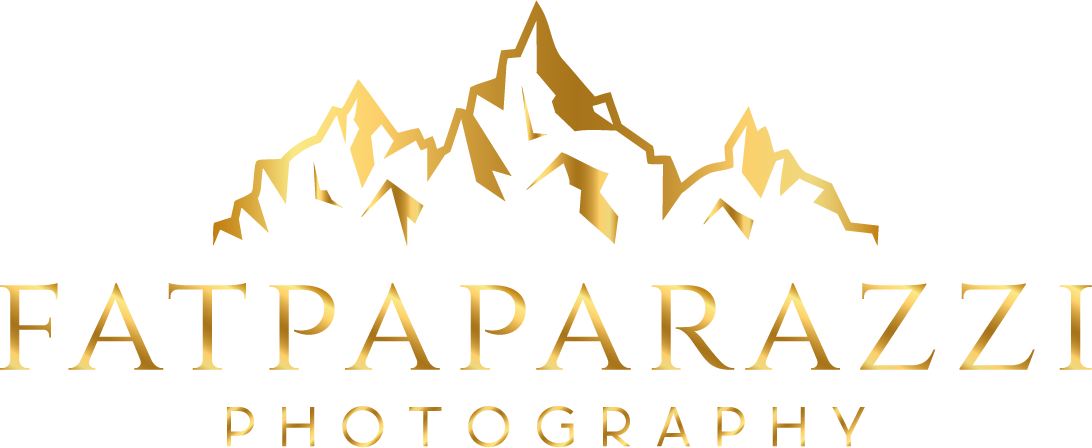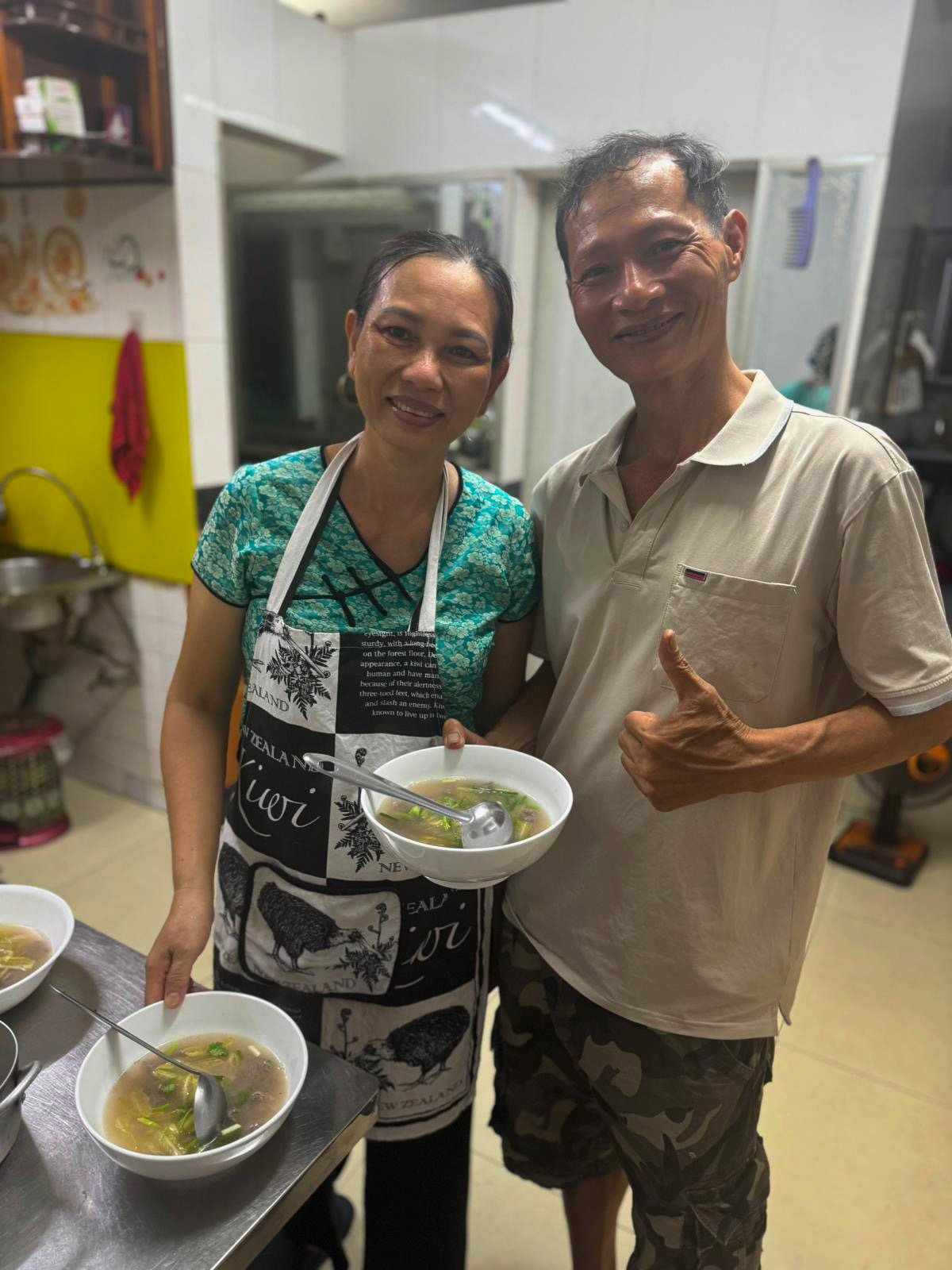8th Uprising - Hue
Despite the prior nights excessive drinking, lack of airflow and any substantial food stuffs, we all woke pretty early feeling surprisingly refreshed and chipper. Well, that might be slightly incorrect as it was only Fatpap feeling surprisingly refreshed and chipper as his cabin partners were subject to 6hrs of his previously blogged, and widely acknowledged monumental snoring. Harbouring only a modicum of guilt, the morning was spent sipping atrocious train coffee and watching the passing Vietnamese countryside bathed in exquisite sunshine. With a sink bath and tooth brushing cabin 407 was proud to bring a giggle of disbelief to the cleaning crew with their collection of empty beer cans and vodka bottles. Perhaps as punishment, the entire train was then subjected to “the happy communist good morning wake-up song” broadcast through every carriage at cacophonous levels in high pitched Vietnamese twangs. Outlawed waterboard torture at that point would have been better received. Pulling into Hue slightly after the scheduled 10:30am slot, we happily disembarked truly appreciative of such a unique and special travel experience.
At this stage we were all feeling slightly hungry and opted for an early lunch at a lovely little restaurant not far from the hotel while our rooms were being prepared. After check in, we enjoyed a much needed swim and some poolside antics with refreshing cocktails for a few hours while we could.
The slated afternoon activity was a walking tour of the city’s famous Citadel encompassing the Imperial City within its 10 kilometres of fortified ramparts. Serving as the capital of the Nguyen Dynasty, the last feudal dynasty in Vietnam from 1802 to 1945, it is situated on the northern bank of the Perfume River in the heart of Hue and designated a UNESCO World Heritage Site in 1993. Containing palaces once housing the imperial family as well as shrines, gardens, and villas, it was constructed in 1803 by Emperor Gia Long modelling it after the Forbidden City in Beijing. As a new capital it mostly served a ceremonial function during the French colonial period and after the end of the monarchy in 1945, it suffered heavy damage and neglect during the Indochina Wars through the 1980’s.
Entering via the Quang Duc Gate at the southern end of the complex, we passed the impressive flag tower before crossing the outer moat through the Meridian Gate used exclusivley by the emperor or to welcome foreign ambassadors. Once within the confines we followed a maze of paths to various temples and pavilions. Various forts accompanied by cannons are positioned around the city with bricks later added to the fortifications originally constructed just of soil. An intricate network of canals surrounds the city serving not just as a means of defence but also as a 7 kilometre long waterway.
Hue Historic Citadel is separated into two main sections: the Imperial City and the Forbidden City. The former served as a shield for the palaces inside, with the latter designed as both the working place and residence of the emperor and his royal families. This architectural masterpiece is formed by the harmonious arrangement of typical Eastern architectural works including grand palaces, tombs, and museums.
Deeper within the city the To Mieu Temple Complex comprises four temples built to worship The Nguyen Dynasty Emperors and various members of the royal family who reigned for 143 years under 13 separate kings. It is one of the most significant and important architectural features of Hue’s Imperial Citadel accounting for 1/8 of the Forbidden City. There is a long list of structures built to honour a long list of emperors and their descendants akin to the Targaryen ancestry of Games of Thrones lore that could never be fully understood by any half day tourist.
At every turn through the rabbit run of paved passageways, be it natural or manmade, everything was meticulously crafted and visually stunning, amplified further by the clear blue skies and golden hour light cast by the afternoon sun.
Thai To Mieu, Forbidden City, Hue, Vietnam
Dien Tho Palace is the largest palace system in the Forbidden City still intact today. It was formerly the home of the mothers and grandmothers of the Nguyen emperors with over 20 large and small architectural works of various styles spread across an area of about 17,500 square meters. The stunning, partially ruined Dien Tho Palace houses a gorgeous lily pond where we all took some respite from the humidity with a cold drink and much needed rest.
Kien Trung Palace, Historic Hue Citadel, Vietnam
Completed in 1923, Kien Trung Palace became the residence of the Nguyen Dynasty emperors but was destroyed by the Viet Minh in 1947 during the Indochina Wars. Reconstruction started in 2019 and was only re-opened months before our visit. Emperor Bat Dai (1913-1997) would be the last monarch to live and work in the palace whom he shared with his empress consort departing from years of tradition that they live in separate residences. On 25 August 1945, emperor Bao Dai signed his abdication statement at the palace before leaving for Hanoi and ultimately seeking refuge in China.
Designed in an eclectic mix of Italian Renaissance and French classicism together with ancient Vietnamese styles, its long south facing facade decorated with colourful ceramics, opened onto a geometric park in the Art Deco style accessed by small stone stairs adorned with dragons and snakes. A balustrade with bulging French balusters ran the entire length with the roof and its slightly raised sides decorated with a Vietnamese-style parapet. It is truly a ghastly and ostentatious structure not dissimilar to any Trump garnished building of the modern era.
Intredip Travel’s motley crew
Exiting through Tu Vo Phuong Pavilion at the north bastion, we had a quick change of shirt and roll of deodorant before moving on to a specially arranged dinner. Tonight we would experience a traditional, and truly authentic Vietnamese meal at the actual home of a Hue family. Respectfully entering their humble abode, we were first treated to the ancient art of Betel nut chewing. This is a practice in which Areca nuts are chewed with slaked lime and betel leaves for their stimulant and narcotic effects together with its breath freshening qualities. Be that as it may, tradition or not, it was simply disgusting and not exactly a ritual any one of us would be maintaining throughout our Vietnam journey.
The dinner though was arguably the best Vietnamese food ever eaten - as one would expect - modestly prepared and served by a lovely, and surprisingly funny husband and wife team. A selection of maybe 8 dishes were sampled with each one seemingly better than its predecessor.
Those inclined kicked on from there while the smarter ones returned to the hotel. Meeting at the Brown Eyes Bar under the recommendation of Chairman Bao, unfairly the ladies were invited to partake in an entrance lucky-dip with free drinks as the reward. The rest of us had to purchase ours and that we did on multiple occasions. From there we ventured deeper into the turmoil finding a nearby bar we spied earlier in the day. In the Why Not Bar we gorged on some snacks, sank a few Yeager Bombs and played a few rounds of pool. It was a great night overall surpassed only by a fortuitous opportunity of replicating the infamous Abbey Road album cover without fear of being run over.
Villa Hue, Hue, Vietnam




























































































